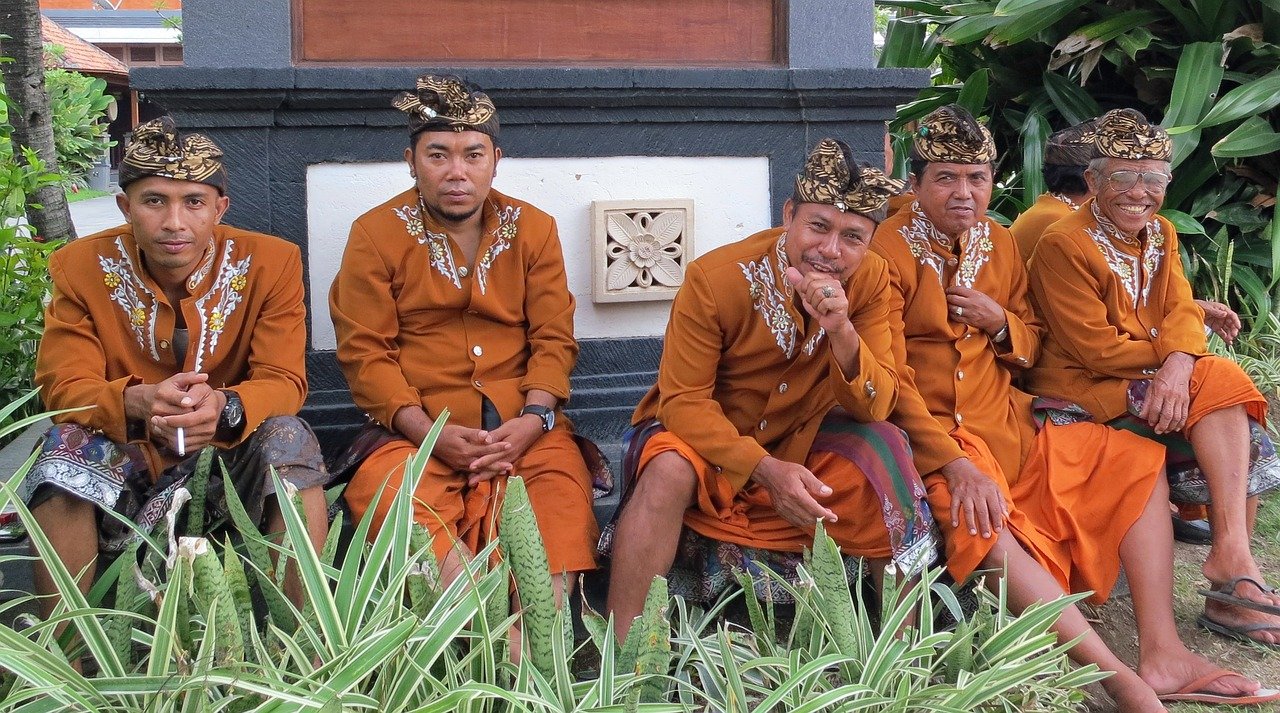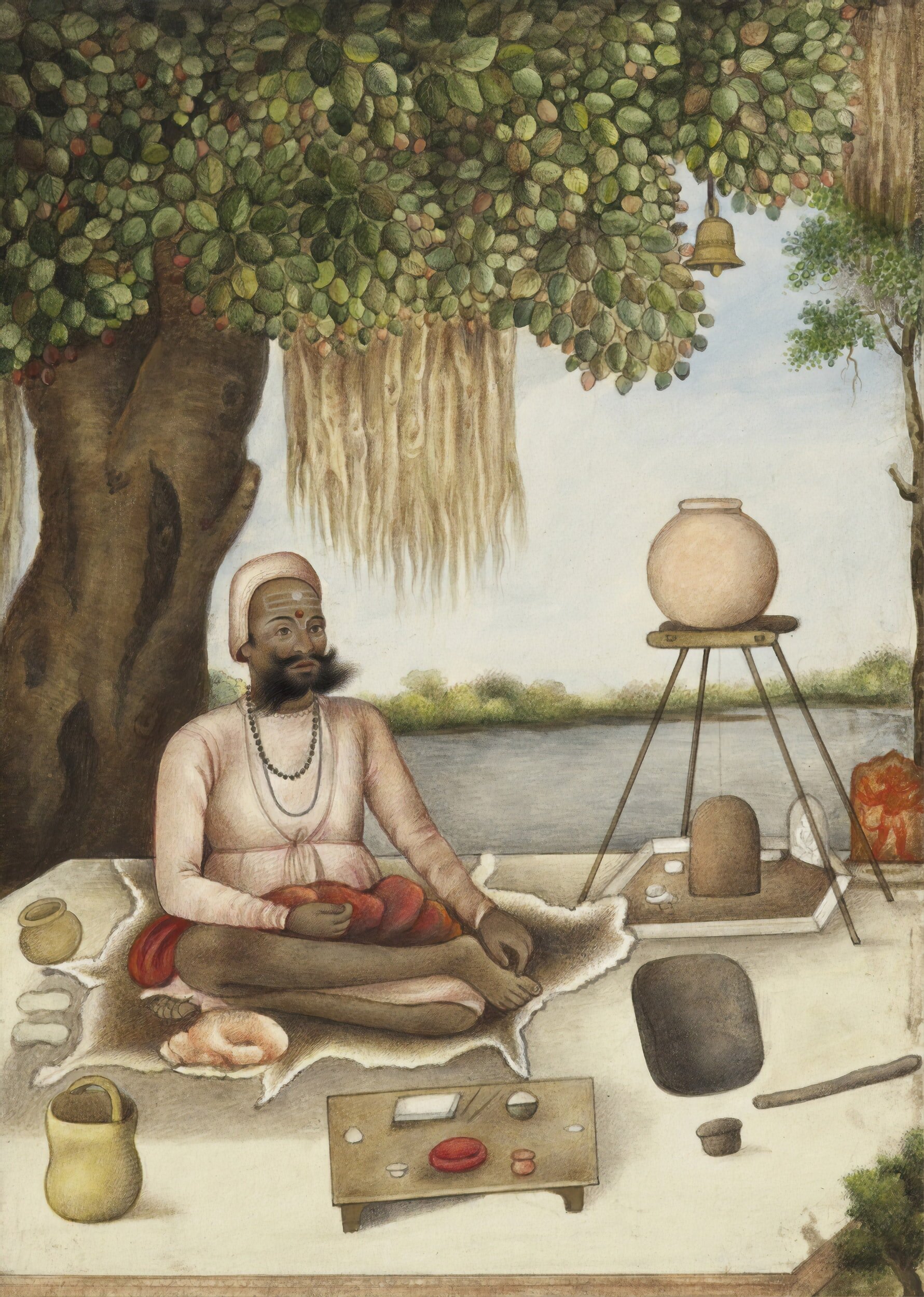The Fascinating Caste and Clan System in Balinese Religion
Even today, Balinese will ask each other their caste and clan. Asking ‘where are you from’ means more than just geography. Image by Monica Volpin from Pixabay
Table of Contents Show
Balinese Caste and Clan System
The caste and clan system in Balinese religion is a complex and fascinating aspect of Balinese Hinduism that is often misunderstood. While it may be compared to systems of discrimination like apartheid or Jim Crow, it is important to recognize that caste is not a government policy, but a historical social organization based on social function.
This article will explore the origins, structure, and significance of the caste and clan system in Bali, shedding light on its cultural importance and the role it plays in Balinese society today.
Origins and Historical Significance
The origins of the caste system can be traced to the Rig Veda, the world’s oldest liturgical text.
The caste system in Bali predates the Hindu religion itself, with early Vedic times recognizing distinct classes in Indian society. The Rig-Veda, the world's oldest liturgical text, references the four divisions of Aryan society - Brahmana, Ksatriya, Wesya, and Sudra. These divisions were initially based on occupation and choice of profession, rather than closed caste systems. Mobility between the castes was possible, and merit or demerit could result in a change of station.
Within the caste system, the Brahmanas were the priests, while the Ksatriyas were the rulers. The Wesya caste consisted of merchants, and at the bottom were the Sudras, who served the other three castes. These divisions were necessary for the functioning of society, with each caste having its own role and responsibilities.
Caste in Balinese Society
In Bali, caste still holds significance, although the Indonesian government has officially banned discrimination based on caste. Balinese people often inquire about one's caste upon meeting, as it helps determine social interactions and codes of deference. Caste prerogatives are maintained, and individuals tend to associate more freely with those of their own caste.
The caste system in Bali can be compared to the Renaissance system of patronage. There is a dual obligation between lower and upper castes, with the lower caste families acting as pupils or disciples of their upper caste patrons. For example, when a pratima (a small ceremonial statue) needs repainting, a Brahmana is called upon due to their knowledge of protecting themselves against the power of the objects they work with. In important rituals and ceremonies, the surya (patrons) from upper castes are called upon to perform specific rites and make offerings.
The Organization of Castes and Clans in Bali
In Bali, there are four castes: Sudra, Wesya, Ksatriya, and Brahmana. Each caste has its own privileges and responsibilities within society, and there are further subdivisions within each caste. These subdivisions can be based on geographical areas or specific Hindu strictures, such as restrictions on inter-caste marriage.
In addition to the caste system, Bali also has a clan system organized according to genealogy, historical occupation, and caste. The clan system further adds to the complexity of social and religious station in Bali. It is important to note that understanding the intricacies of the caste and clan system is challenging for outsiders, and it requires extensive knowledge and experience to navigate.
The Influence of Caste in Balinese Rituals and Ceremonies
Caste plays a significant role in Balinese rituals and ceremonies. The upper caste Brahmanas are often called upon to perform specific tasks and rituals due to their knowledge and expertise. For example, when there is a cremation, the surya (patrons) from the Brahmana caste are responsible for performing the final rites, such as opening the shroud, pouring holy water, and arranging offerings.
In important house purifications, the surya are also called upon to help make offerings and present them in the proper fashion. They may read from the sacred scripts, the lontars, and provide translation services from Old Balinese or Sanskrit into the vernacular. Their role is vital in preserving and upholding the religious traditions and practices of Balinese society.
The Significance of Caste in Balinese Social Interactions
Caste still influences social interactions in Bali, particularly outside of formal settings. Polite inquiries about one's caste are common, as they determine the appropriate codes of deference and respect. Individuals tend to associate more frequently with those of their own caste, maintaining the traditional social hierarchies. While there may be some advocating for caste reform, the majority of Balinese people accept and adhere to the social organization of caste.
The Balinese Clan System
In addition to the caste system, Bali also has a clan system, which adds another layer of social organization. Clans are organized based on genealogy, historical occupation, and caste. The clan system provides a sense of identity and belonging to its members and further reinforces social connections within the community.
Clans often have their own unique rituals, traditions, and customs. They play a significant role in preserving cultural heritage and passing down ancestral knowledge from one generation to another. The clan system, in combination with the caste system, contributes to the rich tapestry of Balinese society.
Contemporary Perspectives on the Caste and Clan System
While the caste and clan system in Bali remains deeply ingrained in the social fabric of the island, there are ongoing discussions and debates regarding its relevance and potential for reform. Some individuals and groups seek to challenge the traditional caste system and promote equality and social mobility.
The Indonesian government has banned discrimination based on caste, but changing deeply entrenched social structures takes time and effort. It is essential to approach any discussions on caste reform with sensitivity and respect for Balinese cultural traditions and values.
Conclusion
The caste and clan system in Balinese religion is a complex and historically significant aspect of Hinduism. It is important to understand that caste is not a government policy but a social organization based on historical social functions. The caste system in Bali continues to influence social interactions, rituals, and ceremonies, with the Brahmanas playing a crucial role in preserving religious traditions.
While there are ongoing discussions on caste reform, it is essential to approach them with respect for Balinese cultural heritage. The caste and clan system, with its intricacies and complexities, contributes to the rich tapestry of Balinese society, and understanding its significance is key to appreciating Balinese culture and traditions.
Fascinated? You might also like to read about: The Significance of Holy Water in Balinese Religion and The Balinese Calendar and how it guides everyday life in Bali
Frequently asked questions about the caste and clan system in Balinese religion
What is the Balinese caste system?
The Balinese caste system is a hierarchical social structure that divides society into four main castes: Brahmana, Ksatriya, Wesya, and Sudra. Each caste has its own specific duties and responsibilities.
How does the Balinese caste system reflect the influence of Hinduism in Bali?
The Balinese caste system reflects the influence of Hinduism in Bali, as it is based on the Vedic caste system of ancient India. It was brought to Bali by Hindu migrants and has been adapted to fit the unique cultural and religious context of Bali.
What is the significance of the Balinese caste system in Balinese religion?
The Balinese caste system is significant in Balinese religion as it determines the roles and responsibilities of individuals within the community. It also influences the way that religious ceremonies and rituals are performed, as certain castes are responsible for specific aspects of these events.
How does the Balinese caste system reflect the Balinese philosophy of Tri Hita Karana?
The Balinese caste system reflects the Balinese philosophy of Tri Hita Karana by emphasizing the importance of maintaining balance and harmony between humans, nature, and the divine. Each caste has its own specific duties and responsibilities that contribute to the overall well-being of the community.
What is the Balinese clan system?
The Balinese clan system is a system of social organization that is based on genealogy, historical occupation, and caste. It is used to determine social and religious station within the community.
How does the Balinese clan system relate to the Balinese caste system?
The Balinese clan system overlaps with the Balinese caste system, as it is also based on caste and genealogy. However, it has its own unique structure and organization that is separate from the caste system.
What is the significance of the Balinese clan system in Balinese religion?
The Balinese clan system is significant in Balinese religion as it determines social and religious station within the community. It is used to determine the roles and responsibilities of individuals within the community and to maintain balance and harmony between different clans. It also plays a role in the organization and participation in religious ceremonies and rituals.
How does the Balinese caste and clan system impact marriage practices in Bali?
The Balinese caste and clan system have a significant impact on marriage practices in Bali. Traditionally, marriages were arranged within the same caste and clan to maintain social and religious harmony. Marrying outside of one's caste or clan was considered taboo, although this practice has become more flexible in recent times.
How does the Balinese caste and clan system influence social and economic dynamics in Bali?
The Balinese caste and clan system influence social and economic dynamics in Bali by determining social status and access to resources. Higher castes often hold positions of power and authority, while lower castes may have limited opportunities for advancement. Clan affiliations can also impact economic opportunities and social networks within the community.
How does the Balinese caste and clan system impact the transmission of cultural and religious knowledge?
The Balinese caste and clan system play a role in the transmission of cultural and religious knowledge. Certain rituals, prayers, and sacred texts may be passed down within specific castes or clans, ensuring the preservation of cultural and religious traditions. This system also helps to maintain a sense of identity and belonging within the community.




















Bali's remarkable rice terraces draw numerous tourists. However, could tourism pose a threat that the age-old Subak system might struggle to overcome?